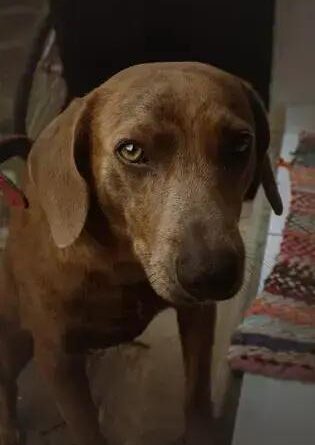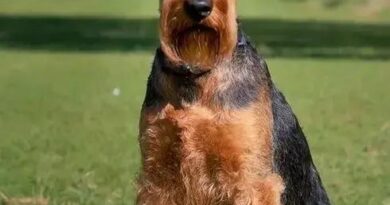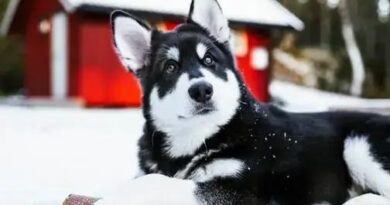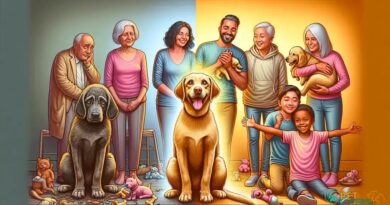Curiosities About the Plott Hound: Unique Traits and History
Curiosities about the Plott Hound abound. Originating from Germany, this breed has fascinating traits. Let’s uncover their history, unique characteristics, and temperament through these insights.
The Origins of the Plott Hound
The Plott Hound has a history as rich and unique as its physical traits and temperament. This breed originated in Germany, where a man named Johannes Plott raised them for hunting wild boar. Johannes brought these dogs to North Carolina in the mid-18th century. They are the state’s official dog.
Johannes Plott emigrated to America in 1750, bringing with him five Hanoverian Hounds. These dogs were known for their remarkable tracking abilities and resilience. Johannes and his descendants continued to breed these hounds, eventually evolving into what we now know as the Plott Hound.
This breed was carefully bred for efficiency in tracking and hunting, making them invaluable to American frontiersmen and hunters. The unique combination of German hunting lineage and American adaptation created a dog that could track and hunt with unmatched tenacity and skill.
Historical Context
During the American Revolutionary War, the Plott Hound’s abilities were highly prized. Settlers relied on them for hunting and survival. The breed’s distinct capabilities ensured that they remained a cherished and indispensable asset to those living in rural areas. Over generations, the Plott family and surrounding communities continued to refine the breed without introducing any external bloodlines.
Unique Physical Characteristics
The Plott Hound is known for its distinctive brindle coat, which can vary from tan to black, often featuring a mix of these colors in striking patterns. This breed’s muscular build and athletic frame make it well-suited for hunting and outdoor activities.
The Plott Hound has medium-sized, round eyes that are typically brown or hazel, adding to its alert and intelligent appearance. Their ears are long and set high on the head, giving them an excellent sense of hearing, essential for tracking.
An essential trait of the Plott Hound is its deep, powerful chest, which supports strong lungs for stamina during extended chases. Their strong legs and webbed feet allow them to traverse various terrains with ease, from rocky hills to swamps.
This breed’s tail is another notable feature, usually carried high and slightly saber-shaped, adding to its overall balance and elegance. These physical characteristics not only define the breed’s appearance but also highlight its capabilities in the field.
Personality and Temperament
The Plott Hound is known for its distinct personality and temperament. These dogs are typically loyal and intelligent, making them great companions and working dogs. Their intelligence often means they respond well to training, but they can also be quite independent and, at times, stubborn.
The Plott Hound has a strong prey drive. This trait is a result of their history as hunting dogs, specifically in tracking and hunting boars. Due to this, they are exceptionally brave and determined, traits that are integral to their character. Plott Hounds are also known for their endurance; they can track scents over long distances and rough terrain without tiring easily.
Socialization is crucial for Plott Hounds. They can be aloof with strangers but are generally affectionate with their families. Early and consistent socialization helps to moderate their natural wariness. These dogs also tend to get along well with other dogs and can form close bonds with them.
Despite their strong and independent nature, Plott Hounds are known to be gentle and loving with their families. They thrive on companionship and do better in homes where they are included in daily activities. This breed’s energetic and spirited nature means they require plenty of exercise and mental stimulation to keep them happy and healthy.




